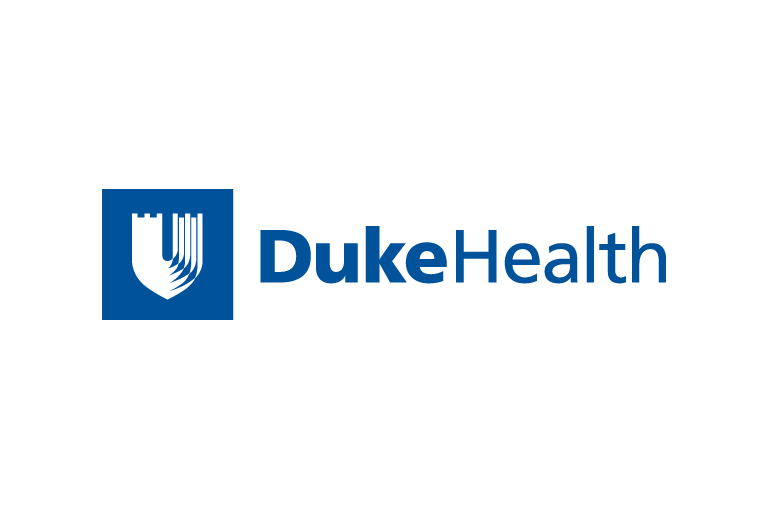Near Infrared Laser Device Can Measure Brain Oxygen
 From the corporate.dukehealth.org archives. Content may be out of date.
From the corporate.dukehealth.org archives. Content may be out of date.
ATLANTA -- A new device that uses near-infrared light to
non-invasively monitor the oxygenation of the brain during
surgery appears to be a promising alternative to the more
invasive techniques currently in use, according to a new study
by Duke University Medical Center anesthesiologists.
The researchers said their findings offer the potential for
accurate and reliable monitoring of brain oxygenation during
cardiac surgeries, to more effectively protect the brain
against reduced oxygen levels, or anoxia, which is known to
cause cognitive impairment in some surgical patients.
During some surgeries anesthesiologists measure venous
oxygenation by periodically removing blood samples from
catheters inserted in major blood vessels in the neck and then
analyze the samples by co-oximetry. Also, anesthesiologists
frequently use a pulse oximeter, attached to the patient's
finger, to measure arterial blood oxygenation. However, since
these measurements are taken on blood outside the brain,
physicians can only estimate the level of cerebral
oxygenation.
Designed by CAS Medical Systems, Inc., the monitor, called a
cerebral oximeter, uses one or more sensors attached to the
forehead that emit non-harmful, low-level laser light through
the skin and skull into the brain. Since the near-infrared
light absorption characteristics of the hemoglobin in red blood
cells are known, the system can calculate the brain tissue
oxygen saturation by measuring the differences in intensity of
light as it passes through the brain. When combined with pulse
oximetry, the cerebral oximeter may be used to estimate the
cerebral venous oxygen saturation.
The basic principle of cerebral oximetry is based on optical
spectroscopy techniques. The discovery that near-infrared light
can pass through the scalp and skull to examine levels of
hemoglobin and other light absorbing compounds of the brain was
made at Duke by Frans Jobsis, Ph.D., in 1977.
"It has always been a challenge to directly measure the
oxygen levels in the brain," said Duke anesthesiologist David
MacLeod, M.D., who presented the results of the Duke study Oct.
22, 2005, at the annual scientific sessions of the American
Society of Anesthesiologists in Atlanta. "The main issues with
the invasive approach are that it does not provide specific
information in real time, and it is of course invasive, which
can carry some risk to the patient.
"This new technology, which is non-invasive and provides
real-time information, appears to be an accurate means for
measuring cerebral oxygenation and indirectly cerebral
perfusion," MacLeod said. "As anesthesiologists, protecting the
brain from potential harm is one of the main functions we
perform during a surgical procedure."
For their study, the researchers enrolled 12 healthy
volunteers. The volunteers were monitored using the different
blood oxygenation measurement systems – pulse oximetry, jugular
and radial arterial co-oximetry, and the prototype cerebral
oximeter. In a stepwise fashion, the researchers decreased and
then increased the concentration of inhaled oxygen through a
range of 70 to 100 percent arterial blood oxygen saturation.
Frequent, concurrent measurements were made on all three
systems throughout the process.
"We made a total of 171 readings and found a strong
correlation between the reference co-oximetry measurements by
the invasive methods to the non-invasive approaches," MacLeod
said. "So it appears that we can use non-invasive approaches to
estimate something we could in the past only measure with
invasive sampling."
While pulse oximetry is used universally to measure arterial
oxygen saturation for all patients undergoing surgery, interest
in cerebral oxygenation levels have mainly been the domain of
cardiac surgeons and anesthesiologists, according to MacLeod,
given the rising concerns about potential cognitive impairments
suffered by some patients undergoing open heart surgery.
Following this successful validation of the CAS cerebral
oximeter, the Duke team is conducting a clinical trial to
refine the optimal range of cerebral oxygenation in patients
undergoing heart surgery. After surgery these patients will be
periodically assessed to detect any correlation between
cerebral oxygen levels during surgery and post-op changes in
cognition.
The study was funded by a Phase II Small Business Innovative
Research grant from the National Institutes of Health awarded
to CAS. MacLeod has no financial interest in CAS.
Duke colleagues on the study included Keita Ikeda, Ph.D.,
Eugene Moretti, M.D., John Keifer, M.D., and Hilary Grocott,
M.D.
